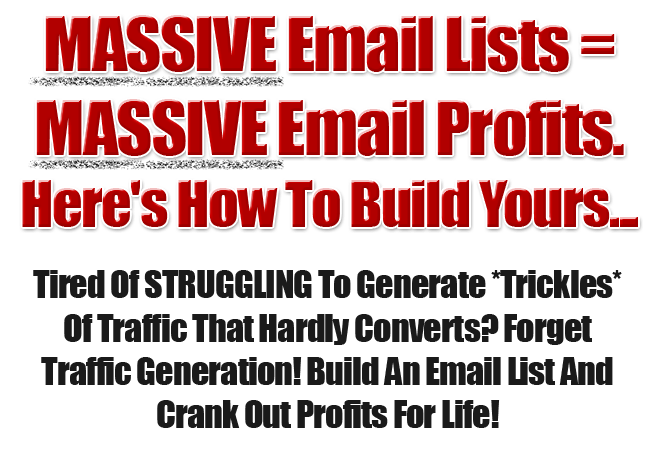Keyword strategy means to get the best quality return on your investment. If someone finds your site in search results, but they’re looking for something else, you didn’t do yourself any good. It’s far better to get 50 visitors who want what you have,than to get 1000 people who leave as soon as the page finishes loading. You need targeted traffic rather than crowd.
For developing keyword strategy you have to understand how people search? For any given topic, there are literally thousands of ways that people will select a keyword or phrase when using a search engine. The more different keywords and phrases your site ranks on, the more often it will show up when a member of your target audience conducts a search.Every time your site appears in the search results, there’s a chance your site will be visited. Obviously, the higher your site ranks, the better your chance for success.
The key here involves how many keyword phrases your site can rank well on,increasing the number of keyword phrases your site covers will often deliver far better results than trying to rank well on one extremely competitive keyword.

1. Keyword Terminology:
A keyword in the fast start system is a single word. Phrases are made up of one or more keywords. Search terms (search queries) are the actual words that a searcher types into a search engine.In an effective search engine optimization campaign, you will be able to target a broad spectrum of search terms. Keyword strategy is the effective combination of keywords into phrases, which results in you targeting the right search terms, and ultimately bringing visitors to the right web page to satisfy their goals.
2. Devising Keywords:
The first stage in the process of developing a keyword strategy‘s evolving.At this stage, you’re trying to come up with a list of search terms, without leaving a whole lot out. Next you’ll prune the list down a bit by focusing on the most relevant and popular search terms that people use to look for what you offer.
3. Single keywords & short phrases:
One of the worst mistakes that beginners make is trying to focus on a single word.In this case, extremely general terms are very competitive, and hardly worth the trouble in the first place. But sometimes, it lends you negative traffic, as people lands up on your site, when you are not an endorser of that product. Although you may not optimize your site for such keywords, it’s very important that you know what they are, as it applies to your site. As you work through this chapter, make a list of the 5-10 “major” keywords that describe your website. These should be mostly single words, with perhaps a couple of commonly-used phrases mixed in.
4. Two and Three word phrases:
These will attract the bulk of your keyword traffic. They should represent the most popular phrases.Whenever possible, try to keep these phrases organized under the major keywords you’ve listed.
5. Singular or Plural:
Unfortunately, Google differentiates very well between the singular and plural. So for every singular word we target, we also have to think about whether the plural might be important, and vice verse.
6. Stemming & Misspellings:
It’s time to consider a few of real-world problems with them. Word stemming is the use of root words as synonyms for many other words. For example, “boat” is the root of “boating.” This doesn’t mean you can get away with usingonly one word, but that you should list each possibility, and identify the root words.
Misspelling is a whole other problem, with the same basic outcome. By incorporating common misspellings into your keyword list, you might be able to squeeze a little extra traffic from the search engines. But focus on the most popular variations only. All of the search engines do a pretty good job of helping searchers correct their misspellings anyway, so this does not matter much.
7. Stop Words:
Some sources will advise you to avoid using “stop words”such as “a, and, the” in your pages, but don’t listen to them. At this time, all of the major search engines are indexing the full text of documents, so there’s really no such thing as a “stop word” any more.
8. Obvious Keywords:
The process of researching keywords is still a bit difficult. Although you can use the above mentioned methodologies to help the process, it’s still sometimes a bit more art than science. The best place to start is with those keywords and phrases that are obvious to you. Starting with a list of such words will make the rest of the process easier, so begin by listing the most obvious keywords that describe your site, your products, the type of information you have to offer, etc.
9. Related Terms:
There are many related topics in search marketing. Inmany cases these related terms will be in your main list, but if they’re not, start making alist.You’ll use these terms later as you work to strengthen your site’s “off the page” factorslike link popularity and link relevance.
10. Adwords Keyword Tool:
A Handy Tool from Google. This tool will suggest related terms for a web site, or from a list of keywords that you enter.




Its very useful article for blogger or site owner .. like me .. am always looking for this type of post .. thanks for share awesome blog post
Very useful article for SEO person
I was rather pleased to get this web-site.I wanted to thanks for your time for this fantastic read!! I undoubtedly enjoying each and every little bit of it and I’ve you bookmarked to take a look at new stuff you blog post.